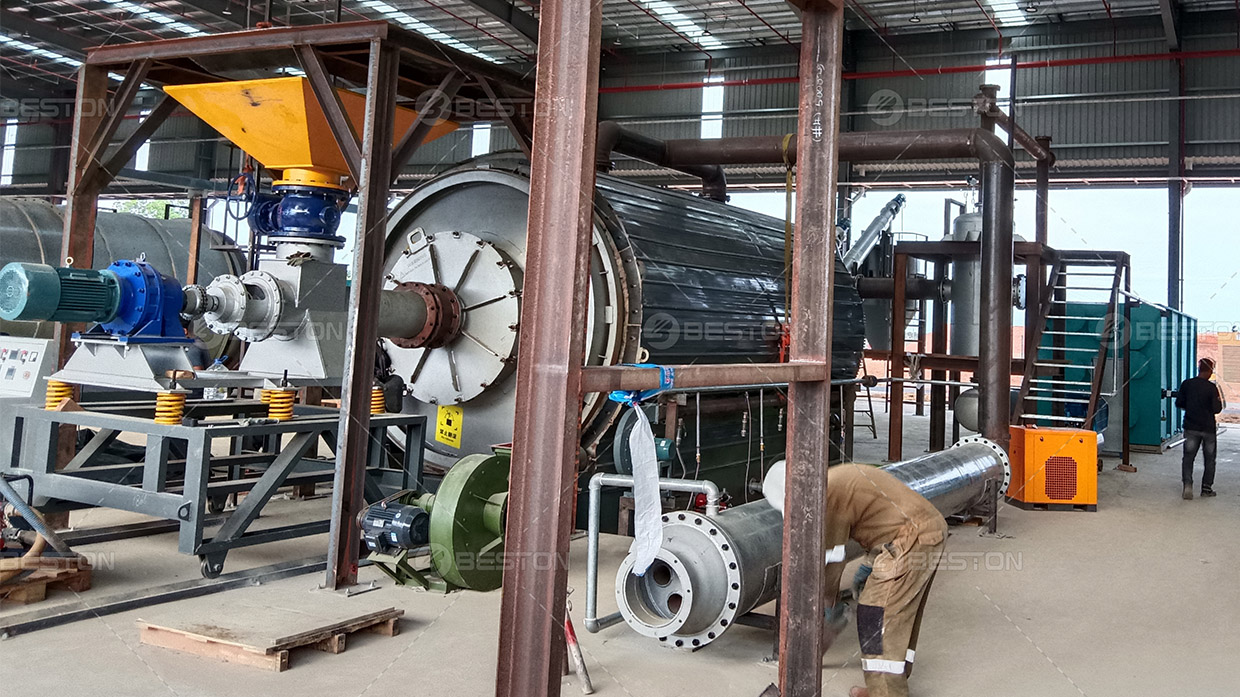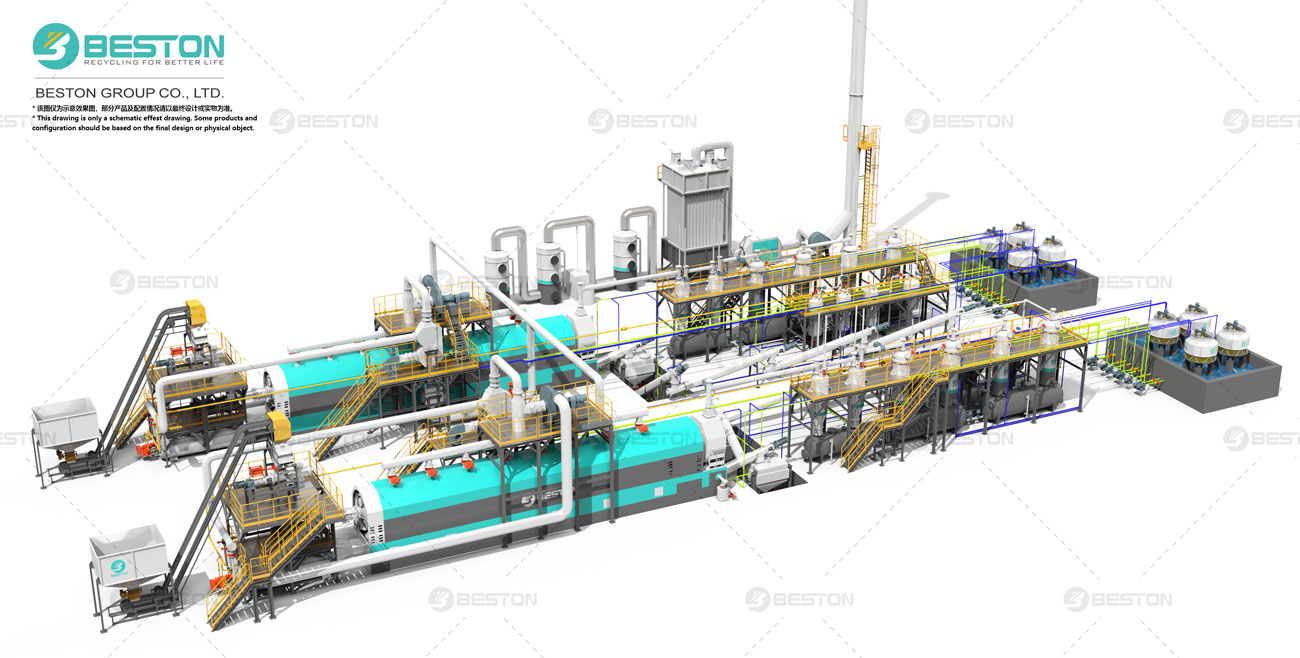When considering investment in tyre pyrolysis technology, the two most prevalent systems are batch and continuous pyrolysis plants. Both offer distinct advantages and operational differences that impact the total cost of ownership, making a thorough comparison essential for informed decision-making. The key lies in understanding how each system affects not only the capital expenditure but also the long-term operational expenses and profit margins.

Capital Investment
The initial investment for a tyre pyrolysis plant is a major factor in selecting between batch and continuous systems. The small pyrolysis machine is generally more affordable in terms of upfront costs. Due to their simpler design and lower equipment requirements, they are often seen as a more accessible option for small and medium-scale businesses. This reduced capital expenditure can be advantageous for operations that do not require high throughput.
Continuous plants, on the other hand, command a higher initial investment. These systems feature more complex configurations, automation, and larger capacities. The higher cost stems from the advanced machinery, automated feeding systems, and sophisticated control systems that make continuous production possible. While the upfront price may seem steep, this type of plant provides better scalability for large-scale production, which can offset initial expenses over time.
Operational Costs
When examining operational costs of tyre pyrolysis plant cost, the distinction between batch and continuous pyrolysis plants becomes more apparent. Batch plants tend to have higher labor and energy costs. Each cycle requires manual loading, unloading, and monitoring, which increases labor expenses. Moreover, the intermittent nature of operation in a batch plant means energy usage can be inconsistent, leading to inefficiencies. The frequent start-stop cycles can further raise the wear-and-tear maintenance costs.
In contrast, continuous systems operate non-stop, meaning they are much more energy-efficient. Automation reduces the need for manual labor and minimizes energy spikes associated with repeated heating and cooling phases. Over time, the lower energy consumption and reduced labor costs make continuous plants more economical in terms of day-to-day operations, despite their higher initial outlay.

Production Capacity
Production capacity is a critical consideration, as it directly correlates with profitability. Batch pyrolysis plants are suitable for businesses with moderate production requirements. However, their limited capacity can hinder scalability. With each batch, the plant must be shut down, reloaded, and restarted, leading to inevitable downtime between cycles. This constraint reduces the overall throughput and limits the amount of waste tyres that can be processed in a given time frame.
The continuous tyre pyrolysis plant, as the name suggests, provides uninterrupted operation. Tyres are fed into the reactor in a constant flow, and the system can run 24/7. The continuous nature of this process allows for higher throughput, which makes it ideal for large-scale businesses looking to process significant quantities of waste tyres. The increased production capacity also allows for quicker returns on investment, particularly for businesses aiming to meet high demand.
Maintenance and Downtime
One often overlooked factor in cost comparisons is maintenance and associated downtime. Batch plants, due to their manual nature, are more prone to maintenance issues. The repeated heating and cooling cycles can put a strain on key components, leading to more frequent breakdowns. Additionally, since the plant must be stopped for reloading, there is inherent downtime built into the process.
Continuous systems, while more mechanically complex, generally experience less wear and tear due to their steady-state operation. Automated systems can be programmed for predictive maintenance, reducing the likelihood of unscheduled downtimes. Furthermore, continuous operation ensures that maintenance tasks can be planned during non-operational hours, minimizing disruptions to production.
Return on Investment (ROI)
Both types of plants offer different paths to ROI. For a batch system, the lower initial cost means that small businesses can see quicker returns, especially if operating in niche markets or at smaller scales. However, the lower throughput and higher operational costs may prolong the overall time it takes to achieve full profitability.
In contrast, continuous plants require a longer time to break even due to their higher capital costs. However, once operational, they offer significantly higher profitability due to their reduced operational costs, larger capacity, and greater overall efficiency. For large-scale operations, the faster tyre pyrolysis process speeds and lower per-unit energy costs of a continuous plant can accelerate the ROI timeline compared to batch systems.
Conclusion
Choosing between a batch and continuous tyre pyrolysis plant ultimately depends on the scale and financial objectives of the business. While a batch system offers lower initial costs and simpler operation, its limitations in capacity and higher operational expenses make it better suited for smaller operations. Continuous systems, though more expensive upfront, provide superior efficiency, greater throughput, and long-term cost savings, making them ideal for larger businesses. Each system has its place in the tyre pyrolysis industry, and the decision must be made based on production needs, financial considerations, and long-term business goals.